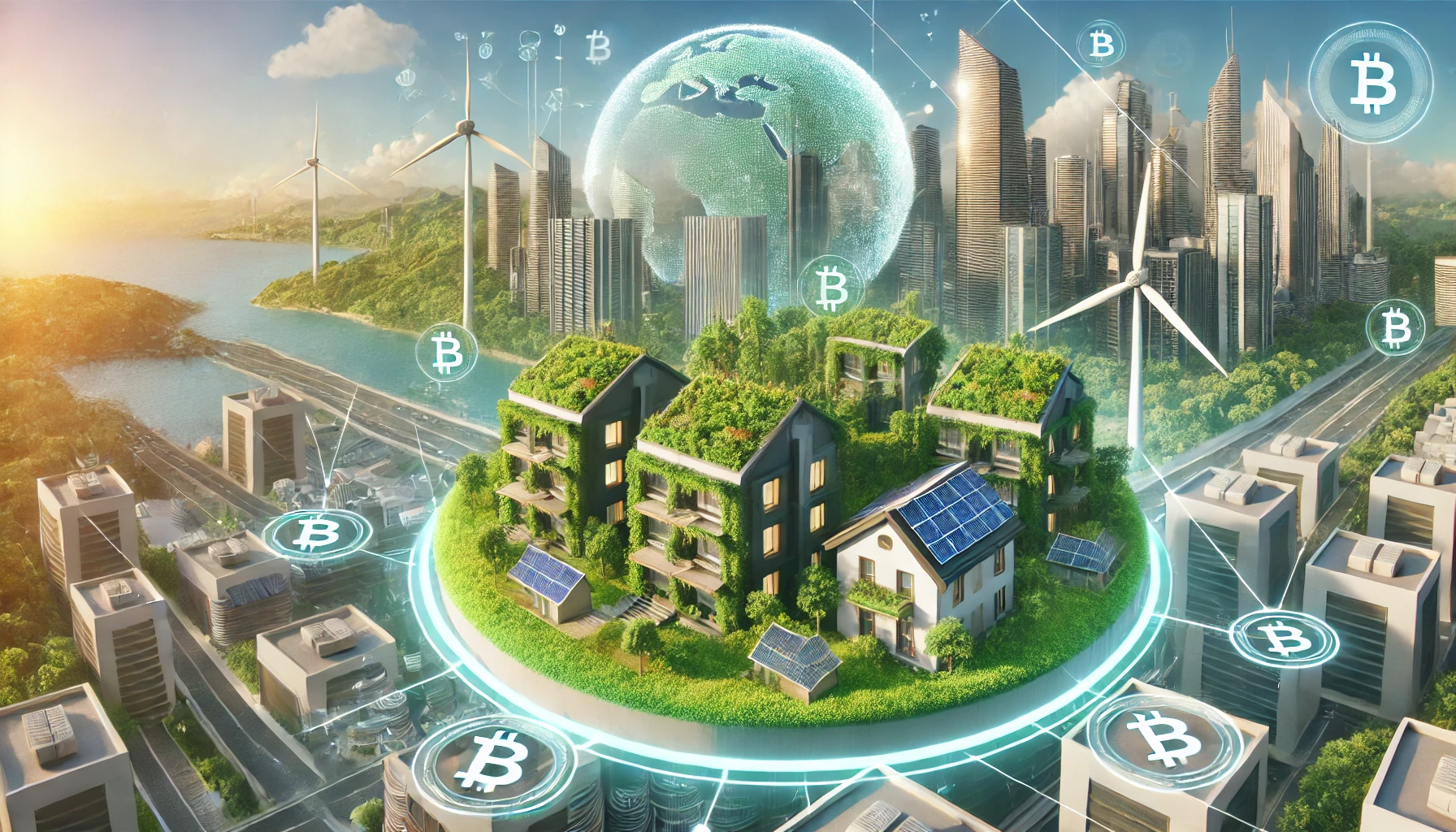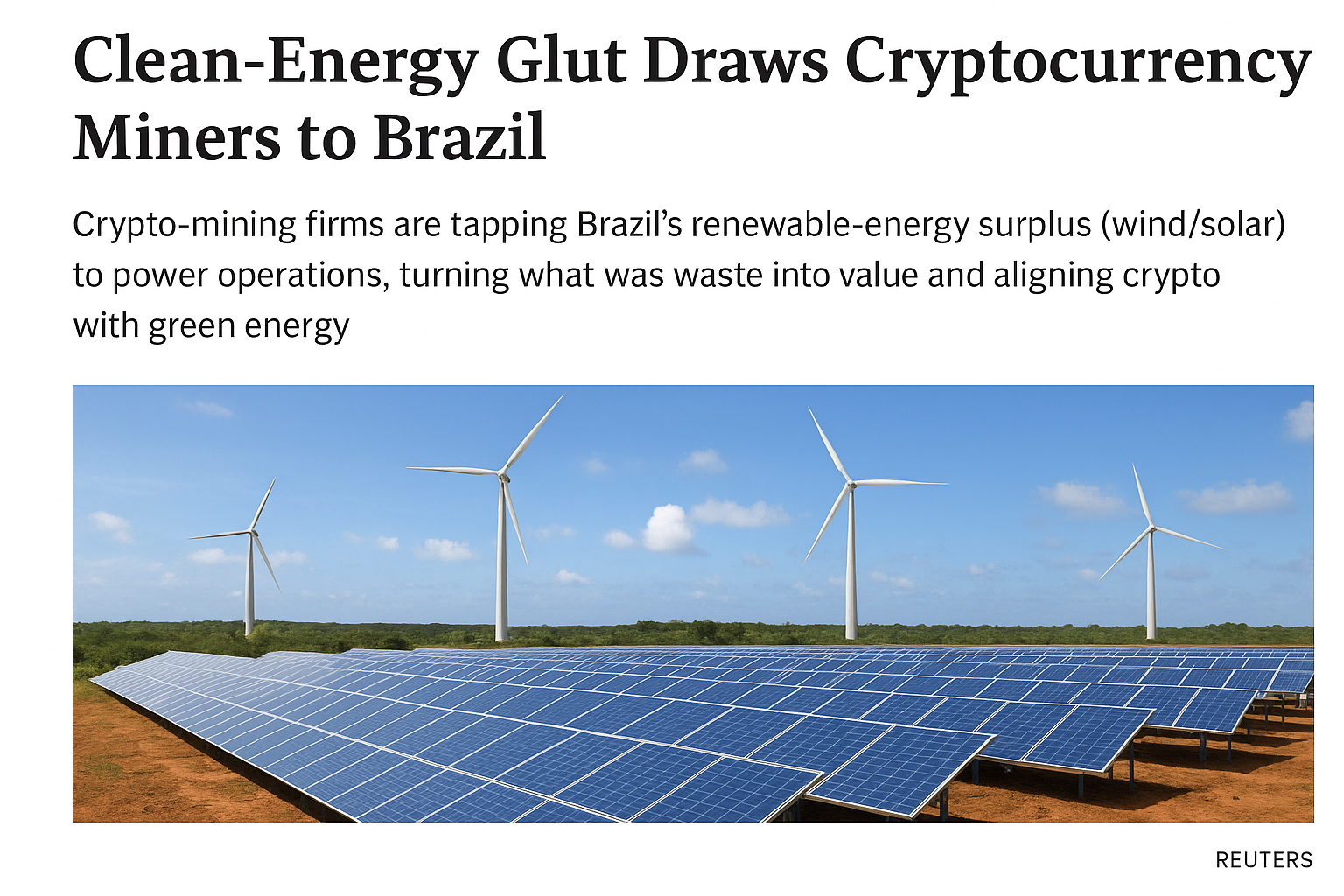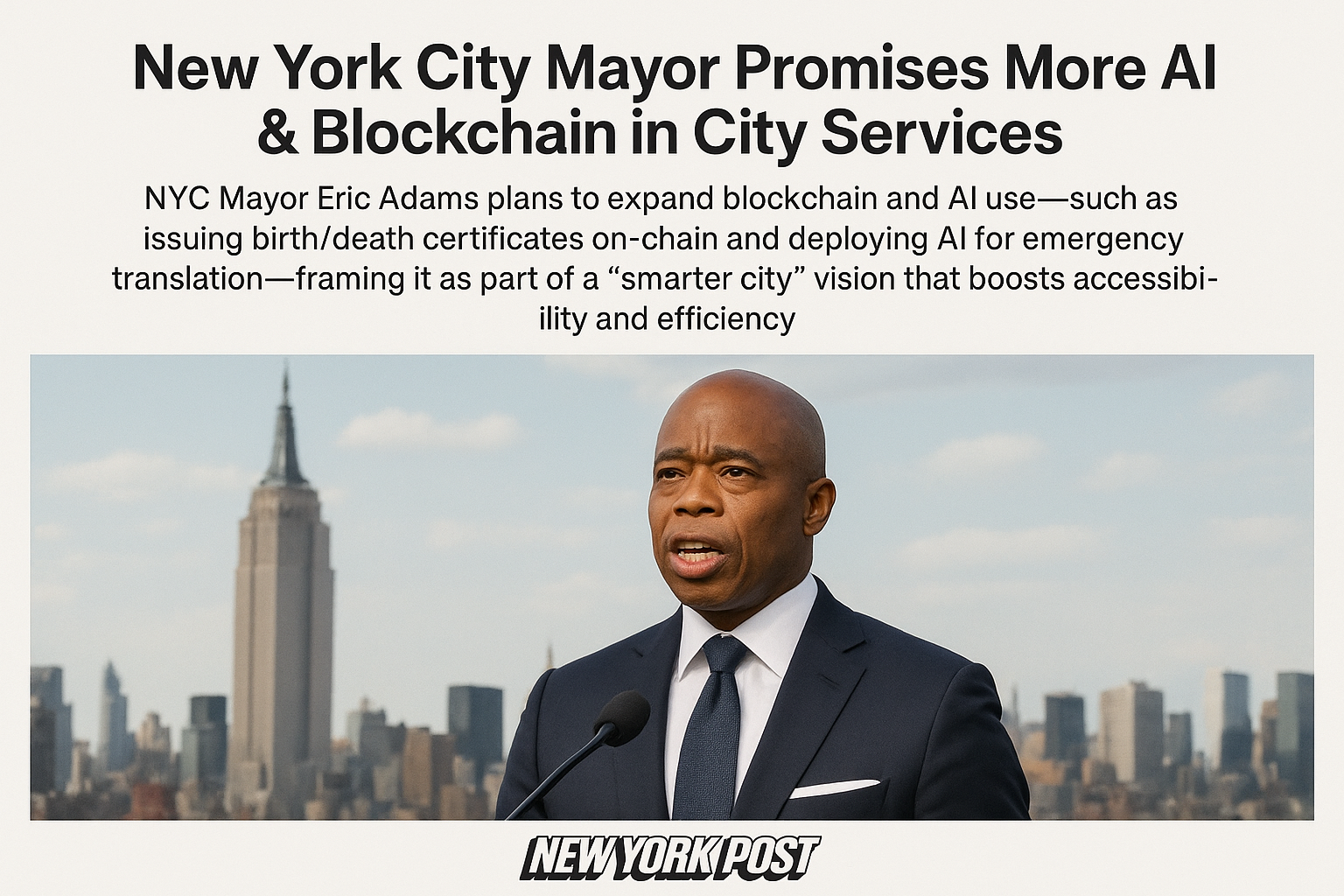As the effects of climate change become increasingly apparent, building a resilient and sustainable energy grid has emerged as a pressing priority. During Climate Week 2024, leaders from various sectors gathered to discuss strategies aimed at strengthening the U.S. power grid. Their conversations revolved around the critical “energy trilemma”—the need for a grid that is reliable, affordable, and environmentally sustainable. These elements, while essential, often present conflicting demands, posing a significant challenge in achieving a balanced and effective energy system.
Understanding the Energy Trilemma
The energy trilemma refers to the challenge of meeting three key objectives simultaneously:
- Reliability: Ensuring uninterrupted power, even during extreme weather events or peak demand times.
- Affordability: Keeping energy costs manageable for both consumers and businesses, which is crucial for economic stability and growth.
- Cleanliness: Reducing the carbon footprint of energy generation to combat climate change and reduce environmental impact.
Climate Week 2024: A Platform for Solutions
During Climate Week, industry experts highlighted innovative technologies and regulatory shifts that could help address the energy trilemma. Many agreed that, to move forward, the U.S. must invest in infrastructure upgrades, clean energy generation, and digital solutions to make the grid more adaptable and responsive to demand fluctuations.
Key solutions discussed included:
- Increased Renewable Integration: Wind, solar, and hydro are essential for a cleaner grid. However, integrating these variable energy sources is challenging due to their dependency on weather. Advancements in battery storage technology and grid modernization were highlighted as necessary steps for making renewables a dependable part of the energy mix.
- Grid Modernization: Upgrading the existing power grid infrastructure to a “smart grid” enables real-time monitoring, which allows for faster responses to outages and load balancing. Smart grids use advanced sensors and automation to optimize energy distribution, reduce waste, and ensure resilience against disruptions.
- Investment in Microgrids and Distributed Generation: Microgrids, which can operate independently from the central grid, offer localized solutions to boost reliability, particularly in vulnerable areas. Distributed generation—where energy is produced closer to where it is consumed—also reduces strain on the main grid and decreases transmission losses.
- Energy Efficiency Initiatives: Reducing demand through energy efficiency measures can ease the burden on the grid. During Climate Week, several companies committed to deploying energy-efficient technologies and processes that lower consumption, ultimately supporting the grid’s reliability.
- Flexible Energy Pricing Models: To balance demand and supply, flexible pricing models could incentivize consumers to reduce usage during peak hours. This approach not only improves grid stability but also encourages users to be more mindful of their energy consumption, aiding both affordability and sustainability goals.
The Role of Policy and Regulatory Support
Regulatory frameworks play a critical role in supporting grid transformation. Federal incentives and policies promoting renewable energy investments, such as tax credits and grants, can accelerate the transition toward cleaner energy sources. Additionally, policies aimed at carbon reduction and emission control provide the necessary groundwork for a sustainable energy future. Business leaders at Climate Week stressed the need for a unified national energy policy that aligns with long-term sustainability goals.
A Vision for the Future
To meet the energy trilemma head-on, the U.S. must adopt an all-encompassing approach that prioritizes technological advancement, policy support, and proactive infrastructure investment. While the challenge is complex, the discussions at Climate Week 2024 reveal that there is a strong commitment from both the private and public sectors to take actionable steps toward a more resilient, affordable, and sustainable energy grid.
The path to a resilient, sustainable energy grid is filled with hurdles, but each step taken today will pave the way for a cleaner, more reliable energy future. As business leaders and policymakers continue to explore solutions, their focus remains on achieving a balanced approach to the energy trilemma, ensuring that the power grid of tomorrow can withstand the challenges of an evolving world.




